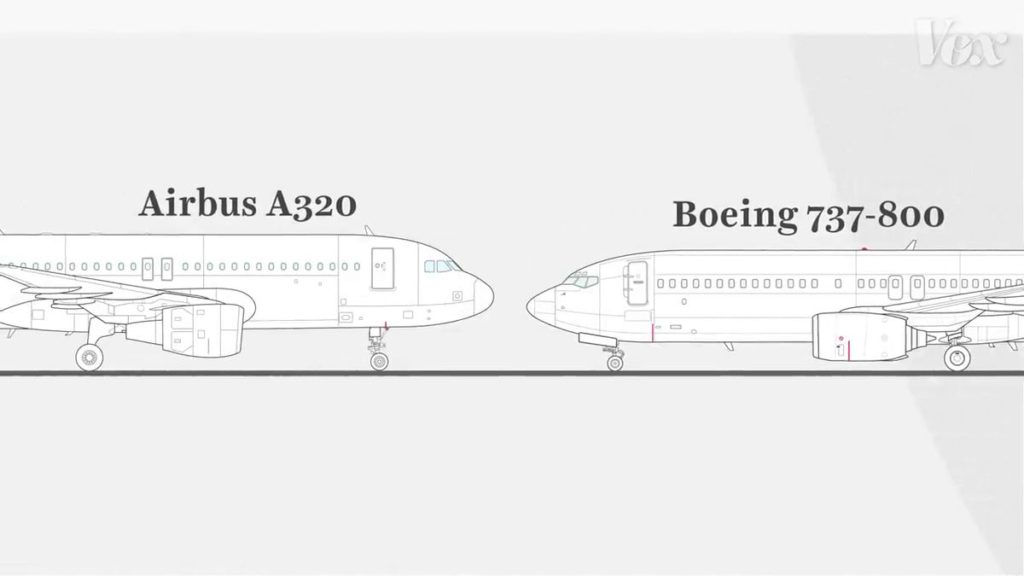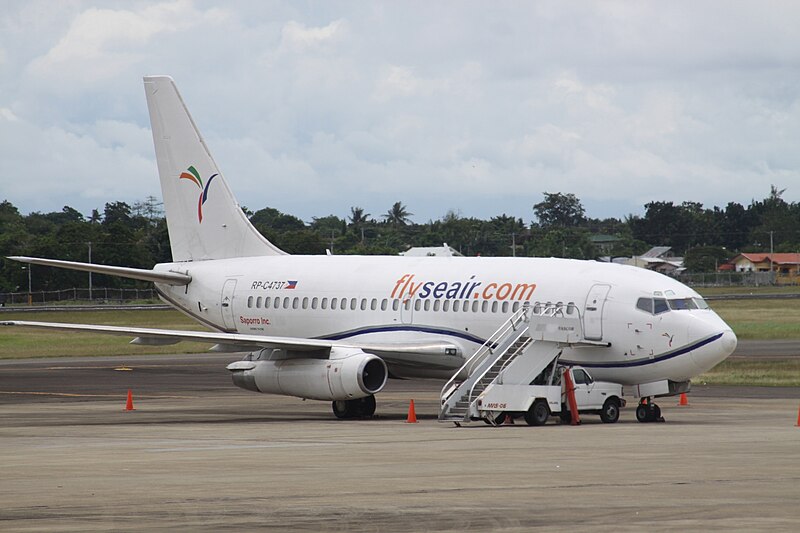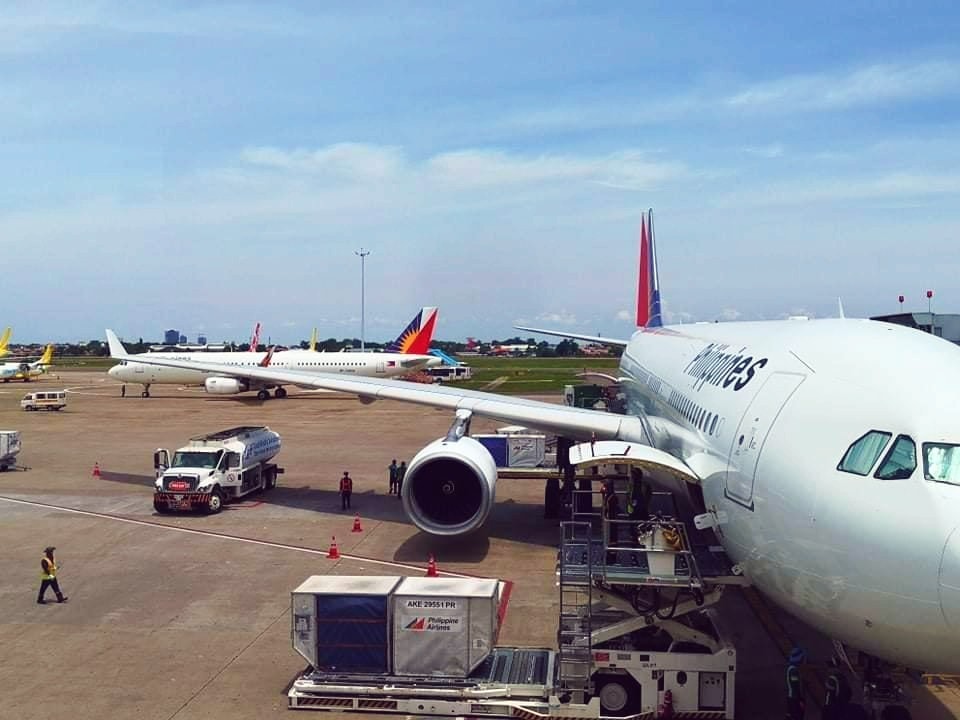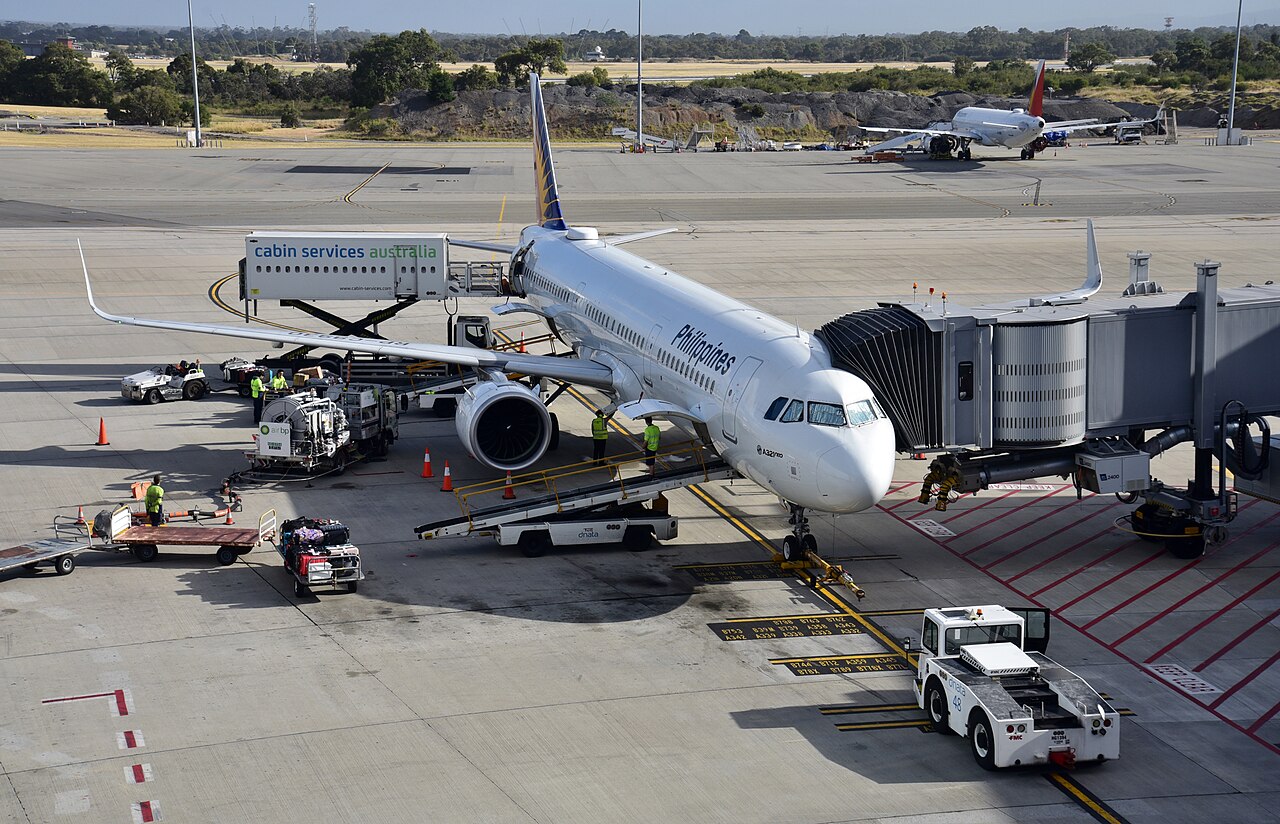Have you ever peered out the window at a sleek jetliner and wondered, “Airbus or Boeing?” As a frequent flier, you’ve likely encountered both these titans of the narrowbody skies, the Airbus A320 and the Boeing 737. They dominate the industry, ferrying millions across continents and oceans.
But how do you tell them apart? Buckle up, fellow aviation geeks, as we journey to identify these aeronautical marvels.
The looks
The most obvious way to differentiate the two would be their physical features. Admittedly, for non-aviation enthusiasts, the two may physically look similar. However, for those sharp-eyed veterans, there’s no way they would mistake one for the other.
Now, what’s the difference?
Well, the most striking difference between the A320 and the B737 is the nose of these planes, which makes it practically the most accessible identifier for the two.

The B737 offers a sharper and more pointed radome. The nose is more of an aggressive triangular shape compared to the A320. The latter sports a more rounded radome, which emphasizes that both practically have different aerodynamic philosophies for their forward fuselage, at the very least.
The cockpit windows are also different. The B737 has a sharper, more parallelogrammical shape. It’s as if the cockpit windows are pointing a little bit upward. Meanwhile, the A320 is more of a square with a clipped upper corner.

The A320 also stands higher than the B737, fuselage-wise. You may notice that the landing gears are longer on the A320. Consequently, the 737’s engines are physically designed to have a flatter underside because of this height restriction.
There’s not much difference inside the aircraft from a passenger’s perspective. Say you still needed to identify the plane from its looks at the gate; your best bet would be to look for the aircraft safety card in front of your seat. Most of the time, the aircraft type would be written on the upper part of the card.
Geography
Believe it or not, where you are currently flying may help you differentiate the two based on what planes local carriers operate. European carriers may be more inclined to choose Airbus since it is a European manufacturer. Conversely, the United States is a Boeing territory since the company is American.
On our end of the spectrum, the Philippines is largely an Airbus country. In the case of A320 vs. B737, the A320 tops the list since there are currently no passenger B737 operators in the country. The top three major carriers, Philippine Airlines, Cebu Pacific, and AirAsia Philippines, all operate the A320 family for its narrowbody operations.

However, the tide may change since the Boeing 737 MAX is a serious contender in Cebu Pacific’s massive search for a new narrowbody aircraft to fuel its expansion plans.
PAL is the sole operator of Boeing passenger aircraft, specifically the Boeing 777-300ER. However, there are cargo operators in the country operating Boeing 737 freighters. South East Asian Airlines (SEAIR) International deserves a shoutout for still operating the classic Boeing 737-200 aircraft, now aging more than 40 years old.

The flag carrier was the first operator of the A320 in the country when it took delivery of RP-C3221 in 1997. The airline was also the first to operate the B737, a -300 variant, in 1989.
Pre-flight intel
Before your flight, the aircraft type you are flying on will be displayed during the booking process, usually below the flight details.

If you have already booked your flight, you can find the aircraft type on your reservation confirmation email or the airline’s website or app. You may need to enter your booking reference or ticket number to access your flight details.
Flight tracking apps
For the tech-savvy traveler, third-party websites or apps can be used to determine your aircraft type, whether it would be a B737 or an A320. Flight-tracking platforms like FlightRadar24.com or Flight Aware offer more in-depth details of the aircraft assigned for your flight, including the aircraft’s tail number.
To do so, you may enter your flight number and look for the specific date you’re flying on.
Overall
Whether you soar through the skies on an Airbus A320 or a Boeing 737, remember, you’re aboard a marvel of modern engineering. These aircraft, each with their design quirks and personalities, have revolutionized air travel, bringing the world closer than ever before.
So, the next time you catch a glimpse of one at the airport, don’t just see a metal bird. See a testament to human ingenuity, taking us to new heights with every jet-powered journey.


























Leave a comment